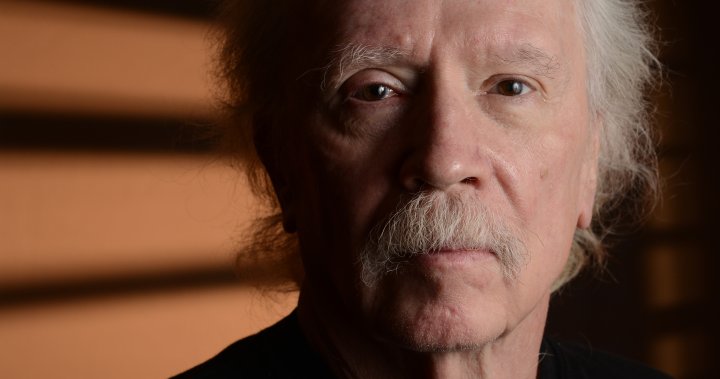Master of horror John Carpenter, director of iconic movies Halloween, The Thing, Escape From L.A. and many others, is turning his distinctive gaze toward the small screen.
In John Carpenter’s Suburban Screams, the six-episode anthology series explores the horrors that exist in our own backyards — the little, mundane things that we may not think of as scary but actually are. What goes on behind the closed doors of suburbia, the cookie-cutter homes in identical neighbourhoods locked in labyrinthine mazes of roads?
Suburban Screams, in a sort-of true-crime documentary approach, aims to find out.
As we gear up for Halloween, the series tells six chilling tales, each one allegedly based on a true story. Two are based in Canada. Carpenter executive-produces the series and is the director of one episode, The Phone Stalker, about a Long Island, N.Y., woman who has been incessantly stalked by an anonymous man since 2017.
The 75-year-old Carpenter also created the score for the series; that’s right, he’s not just a cinematic mind, but a musical one as well. (Over the past decade he has released five albums and has gone on world tours for his music.)
Global News got on the phone with Carpenter for a brief chat about the series and composing horror and music.
More on Entertainment
Global News: First of all, it’s a real honour to speak to you. I grew up in the ’80s and ’90s and watched a ton of horror movies. So thank you for everything.
John Carpenter: Absolutely. My pleasure.
I appreciate you for warping my young brain.
Oh, well, I’m sorry about that. [Laughs]
How did this particular series, Suburban Screams, come about?
Well, we discovered it and it was offered to us, my wife [Sandy King] and I. It’s made up of true stories in which we focus on the survivor of some terrible ordeal — it could be supernatural, it could be real. I chose to direct one about a phone stalker.
I understand you directed that remotely?
Yes. I was excited to do it because it was remote directing. We had a hook-up so that the cast and crew were shooting in Prague and I was directing from my living room here in Los Angeles.
That is a sweet deal.
Oh man, you know it.
I read that you were doing it in the same place where you play video games as well.
That’s right! [Laughs]
John Carpenter directing an episode of ‘Suburban Screams’ from his home in L.A.
Trae Patton/PEACOCK
Why did you choose to direct that specific episode?
I thought as a director, I could do something with it. I also found a really terrific actress, Julie Stewart, to play the lead, and off we went.
You also composed the music for this show. Did you enjoy it as much as the direction element?
Yes, I love it. I love it!
The second coming of John Williams?
[Laughs] Oh my god, please. No.
What I find really interesting about the show is how the simplest things are sometimes the scariest things. Suburbs can seem so clean and cookie-cutter, but there’s some sinister stuff when you get below the surface.
They are, boy, sometimes they are! And the suburbs, yes, they can be a dark and scary place.
In my job, you gotta make it scary, and it has to be done in a cinematic way. Anything can be frightening. Anything. As you can see, the world is a pretty frightening place. Pick your spot.
Reality is scarier then fiction, especially now. How does horror live on despite all of these real-life horrors?
Well, horror is a reaction, real horror is a reaction to stuff. Cinematic horror is a representation. It can be costume movies, it can be drama, it can be science-fiction, it can be all sorts of things. It doesn’t have to be pulled from the headlines, but sometimes one wants to get away from the headlines and have a catharsis on your own, have a scary experience maybe with somebody you love, or an audience, and be safe. That’s what horror provides.
Modern horror has splintered into… I guess I’d call them subgenres. What are your thoughts on the fragmentation now?
Horror is all about the story. Don’t even pay attention to that other stuff. Don’t worry about techniques like jump scares or stuff like that. Horror is the story you’re telling — what is the story about?
And listen, evil is ancient. Nature has it, people have it. It’s everywhere, and it’s constantly with us. It depends on how we react to it, how we deal with it, how we tame it.
—
—
(This interview has been edited and condensed.)

© 2023 Global News, a division of Corus Entertainment Inc.



